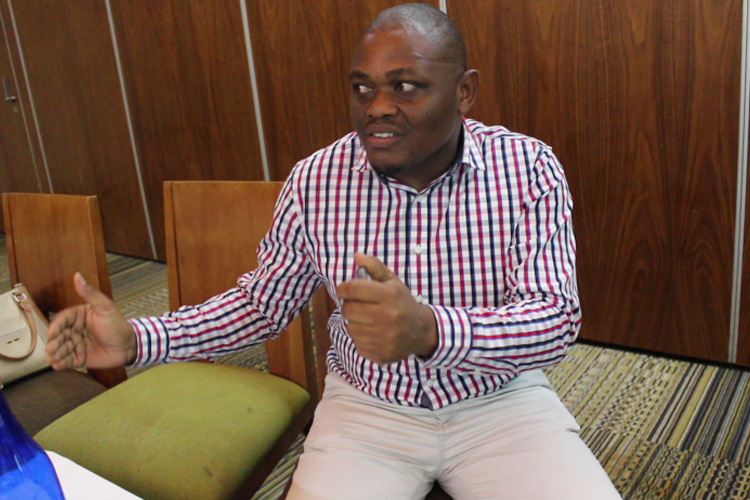MOFFAT LOUIS: A Rehab Officer’s Perspective
27 November, 2016
Moffat Louis is one of the community rehabilitation officers who have been actively involved in the AT-Info-Map project right from the beginning. He was one of the participants at the workshop of rehabilitation officers held in on 15 November 2016. Below, we select some of the best quotes regarding his personal views about the AT-Info-Map project and/or the App itself:
-
TWe need to target parents’ support systems or groups within our communities because those are the primary users. They need the AT products for their partners and children. Those are the people who have been struggling with accessing appropriate ATs. Rehabilitation officers would know where these people are. It’s quite a large group that we have now. Some of these support groups are headed by nurses or doctors.
-
Procurement of ATs depends on several factors, mostly on the needs of the customers. For example, at the public hospital level, the audiologists often has a budget for hearing aids based on the needs of clients, the ones that they identify. Then they go through the process of procurement at that unit or division level. Similarly, District Health Management Teams (DHMTs), which are at district level, also have small budgets which allows them to procure ATs based on the needs assessed by the rehabilitation officers at local level. And the Ministry of Health has its own way of locating needs at national level to supplement. And then the rehabilitation department will issue a big tender.
-
This is an exciting project for us all, and can bring more impact if we give the App more time for testing or reviewing, maybe in the next three or six months. We need to understand what are the users saying, where are the concerns, where are the gaps, bring as many people as we can, bring as many suppliers into it as possible, DPOs, parent support groups, and anyone who needs AT products.
-
We need to take into account the fact that there are some AT products that need prescriptions by professionals. But there are also AT products that do not need prescriptions. For example, large print does not need prescription from a specialist. So it is important to have a tag within the App that shows if a product needs prescription or not, so that consumers know whether or not they need to consult a specialist first before contacting a supplier.

